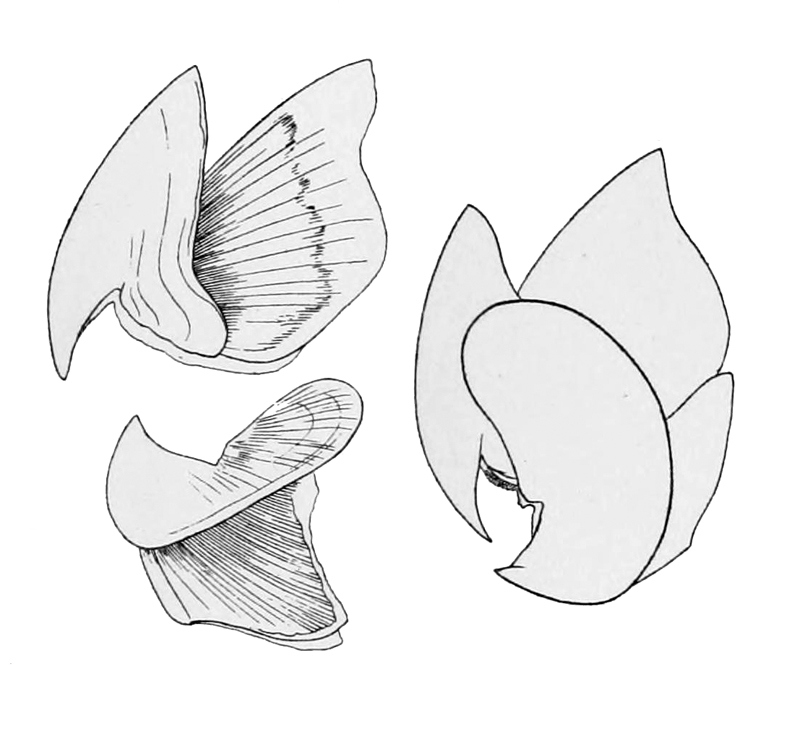Sthenoteuthis pteropus on:
[Wikipedia]
[Google]
[Amazon]
''Sthenoteuthis pteropus'', also known as the orangeback flying squid or orangeback squid, is a species of
 Squid can move fast through the water by
Squid can move fast through the water by
cephalopod
A cephalopod is any member of the molluscan class Cephalopoda (Greek plural , ; "head-feet") such as a squid, octopus, cuttlefish, or nautilus. These exclusively marine animals are characterized by bilateral body symmetry, a prominent head ...
in the family
Family (from la, familia) is a Social group, group of people related either by consanguinity (by recognized birth) or Affinity (law), affinity (by marriage or other relationship). The purpose of the family is to maintain the well-being of its ...
Ommastrephidae
Ommastrephidae is a family of squid containing three subfamilies, 11 genera, and over 20 species. They are widely distributed globally and are extensively fished for food. One species, ''Todarodes pacificus'', comprises around half of the world's ...
. It is native to tropical parts of the Atlantic Ocean where it is found to depths of about .
Description
Like other squid, ''Sthenoteuthis pteropus'' isbilaterally symmetrical
Symmetry in biology refers to the symmetry observed in organisms, including plants, animals, fungi, and bacteria. External symmetry can be easily seen by just looking at an organism. For example, take the face of a human being which has a pla ...
and has a head with a pair of eyes, eight arms
Arms or ARMS may refer to:
*Arm or arms, the upper limbs of the body
Arm, Arms, or ARMS may also refer to:
People
* Ida A. T. Arms (1856–1931), American missionary-educator, temperance leader
Coat of arms or weapons
*Armaments or weapons
**Fi ...
and two tentacles and a fleshy, muscular body known as the mantle. The head is not retractable, the arms have blunt tips and there is a marked crest on the outer surface of the third pair. The tentacles are slender and the terminal sections are armed with a transverse row of large toothed suckers and other smaller suckers for capturing prey, and the column with a fixing apparatus of knobs and small suckers. The mantle is cylindrical, narrowing slightly towards the posterior end where there is a wide, roughly diamond-shaped fin. There are a number of bioluminescent
Bioluminescence is the production and emission of light by living organisms. It is a form of chemiluminescence. Bioluminescence occurs widely in marine vertebrates and invertebrates, as well as in some Fungus, fungi, microorganisms including ...
photophore
A photophore is a glandular organ that appears as luminous spots on various marine animals, including fish and cephalopods. The organ can be simple, or as complex as the human eye; equipped with lenses, shutters, color filters and reflectors, ...
s on the head, mantle and fourth arms, with a concentrated patch on the anterior dorsal surface of the mantle forming a luminous orange oval shape. ''Sthenoteuthis pteropus'' grows to a mantle length of about with a fin width about three quarters of this.
Distribution and habitat
''Sthenoteuthis pteropus'' is native to the tropical Atlantic Ocean with a range between about 35°N and 36°S and a rather more restricted breeding range that extends to about 22° on either side of the equator. It is a commonepipelagic
The photic zone, euphotic zone, epipelagic zone, or sunlight zone is the uppermost layer of a body of water that receives sunlight, allowing phytoplankton to perform photosynthesis. It undergoes a series of physical, chemical, and biological proc ...
species and is found in the upper surface layers of the sea to a depth of .
Biology
 Squid can move fast through the water by
Squid can move fast through the water by jet propulsion
Jet propulsion is the propulsion of an object in one direction, produced by ejecting a jet of fluid in the opposite direction. By Newton's third law, the moving body is propelled in the opposite direction to the jet. Reaction engines operating o ...
, expelling a jet of water through a flexible siphon located on the ventral surface just behind the head. Some species can even launch themselves out of the water and move rapidly through air, remaining airborne for several metres. The phenomenon has been little studied because it happens so rarely and so unexpectedly, but it has been photographed on a small number of occasions, and ''Sthenoteuthis pteropus'' has sometimes tentatively been identified. The squid seems to be engaging in an active flying process rather than a passive glide as the fin is spread widely and the arms are held in such a position as might help provide lift. The squid were found to travel five times as fast in air as in water and it is thought that the behaviour may occur during long distance migrations in order to conserve energy.
Female ''Sthenoteuthis pteropus'' mature in two different size ranges, at mantle lengths of and . In mature individuals, spawning takes place intermittently, up to a million ripe eggs with a diameter of about being present in the ovaries at any one time as well as a large number of immature oocyte
An oocyte (, ), oöcyte, or ovocyte is a female gametocyte or germ cell involved in reproduction. In other words, it is an immature ovum, or egg cell. An oocyte is produced in a female fetus in the ovary during female gametogenesis. The female ...
s. This seems consistent with a reproductive strategy consisting of producing large numbers of very small eggs, a long period of sporadic spawning and a continuation of feeding and growth by the female while breeding.
This is a fast-growing species of squid. Juveniles reach a length of about in one hundred days. The life expectancy of females is under a year while males live for one or two months less than this.
References
{{Taxonbar, from=Q3166848 Squid Molluscs of the Atlantic Ocean Gliding animals Cephalopods of South America Marine molluscs of Africa Cephalopods described in 1855